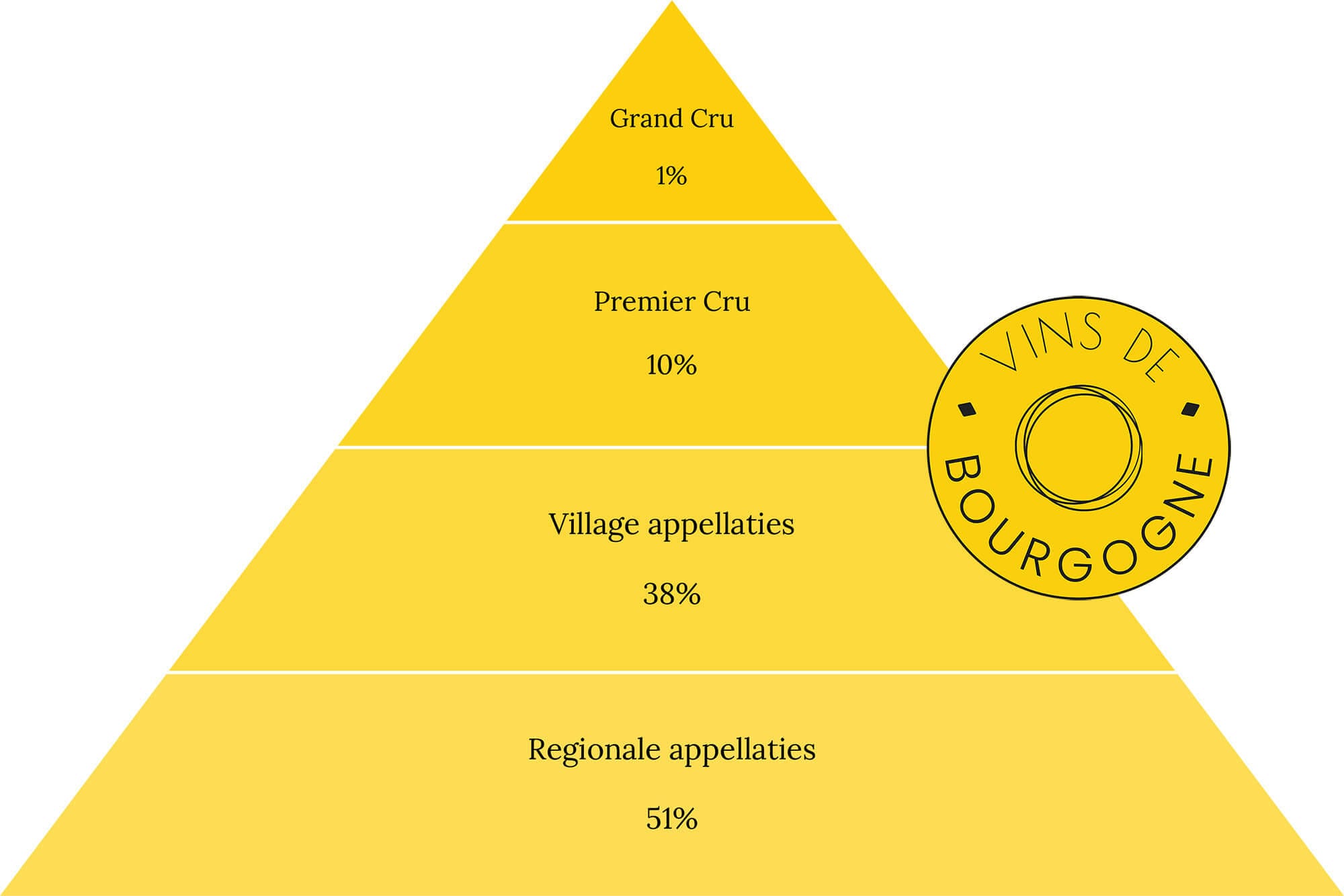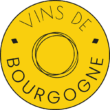When people talk about wine from Burgundy, they are talking about appellations. Indeed, wine from Burgundy is not just a Chardonnay or a Pinot Noir. There is (almost always) an additional indication on the label: the appellation. This is a geographical indication, which tells us something about the quality and origin of the wine. In total, there are around 100 appellations. In this article, we take a closer look at this concept.
A Chablis, Meursault or Montrachet are famous white wines. All made from the same grape: Chardonnay. Yet the wines are vastly different. They are therefore different appellations. Where the appellation encompasses the area where the grapes come from. The appellations are controlled and winemakers have to deal with regulations from the controlling body.
What is an appellation?
In Burgundy, an appellation is a designation used to guarantee the origin and quality of wine. The Burgundy appellation system is based on French law and divides the region’s vineyards into different classifications. The classification depends on factors such as terroir, grape variety and production method. These appellations are also called “Appellations d’Origine Contrôlée” (AOC).

In Burgundy, there are several classifications representing wines of different levels of quality. The top of the pyramid is occupied by Grand Cru, below that Premier Cru, below that the Villages and last – and most common – the regional wines.
Grand Cru
The highest quality classification in Burgundy are the Grand Cru’s. This classification is awarded to specific vineyards considered the best in the region. Year after year, these vineyards produce grapes of exceptional quality. And have been for decades. This has to do with soil, humidity, wind and, for example, exposure to the sun. In practice, a new Grand Cru classification is simply not issued anymore. So the number is limited. In the Côte d’Or, there are 32 Grand Cru; Chablis also has a Grand Cru. And that’s all. The Grand Cru appellations represent the top. In total, only about 1.4 per cent of all Bourgognes have this classification.
Premier Cru
The Premier Cru wines are also of high quality, but thus just a step below the Grand Cru level. This, incidentally, is subject to debate. Some appellations, for example Meursault, do not want a Grand Cru classification and (deliberately) ‘only’ go up to Premier Cru. And then there are also countless vineyards (lieux dits) that produce such good quality that they should actually be a Premier Cru, but simply don’t get this administratively dialed in. As a result, the system is somewhat complex and often subject to debate. Overall, around 10 per cent of wines are Premier Cru.
Village
Village appellations refer to specific villages in Burgundy and represent wines of good quality. Village appellations from famous winemakers can be much more desirable than Premier Cru – or even Grand Cru wines – from lesser-known and acclaimed winemakers. For example, a (Village) Chablis from Raveneau does better than a Chablis Grand Cru from an unknown winemaker. And a Meursault from Coche-Dury can cost as much as €1,000 a bottle, while a Meursault Premier Cru from Domaine du Chancelier costs a fraction of that. Villages are relatively common. In total, over 38 per cent of Burgundy wine has a Village classification.
Regional
Regional appellations, such as Bourgogne Rouge and Bourgogne Blanc, represent wines originating from the entire region and generally have a lower price compared to the ‘higher’ appellations. A Bourgogne Pinot Noir, for example, can be made from grapes from all over Burgundy. But then again, a Bourgogne Hautes Côtes de Nuits is more specific and must come from a smaller geographical region. Both are regional appellations, making them much less rare than the above three appellations. In total, over half of Bourgognes fall within a regional classification.
The appellation system in Burgundy was once designed to help consumers understand wines based on their provenance and quality. Meanwhile, many seem to have lost sight of the forest for the trees. There are a lot of appellations and also many additional designations, think lieux dits, for example. So it does not always become clearer for the less initiated among us. There is also a bit of ‘messing around’. Petit-Chablis, for instance, was made up to expand the Chablis region. And we don’t know Petit-Meursault or Petit-Pommard. And then there are vineyards that excel in quality but do not have the Premier Cru classification when they should have. In short, the system is quite complex and far from scientific. Our advice, therefore, is never to stare blindly at just the appellation. The winemaker ultimately has the greatest influence on the wine.
